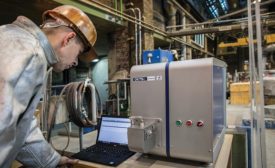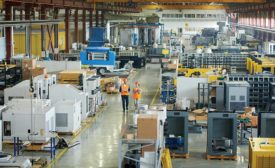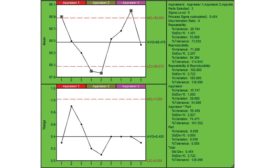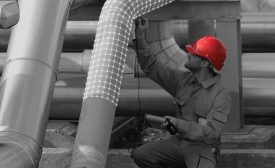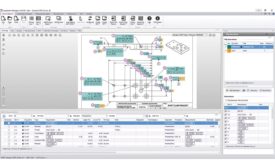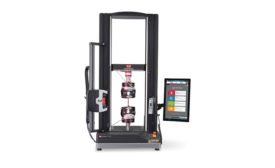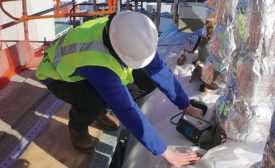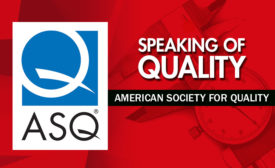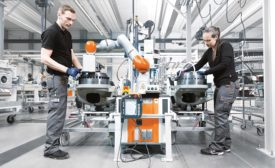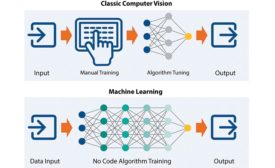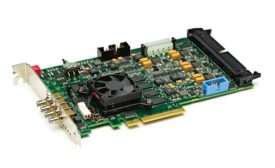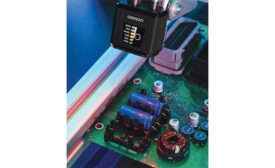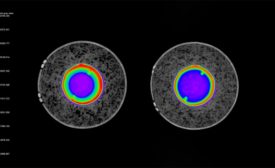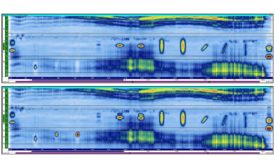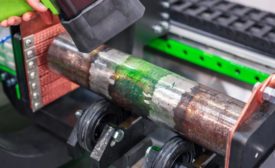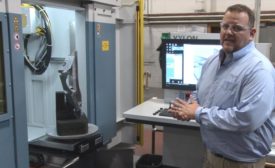Home » Publications » Quality Magazine
Quality Magazine

2020 July
Cover Story
Back to TopOvercoming new materials analysis challenges across the supply chain.
Read More
Features
Back to TopContinuous Improvement: Ever Forward
How to continually improve and avoid common mistakes along the way.
June 30, 2020
An R&R Study
In most situations, you're likely to be surprised by the amount of R&R error detected.
June 30, 2020
The Current State of Thickness Measurement
Optical measurement tools are picking jp steam, experts say.
June 29, 2020
The Role of Mechanical Testing in Additive Manufacturing Quality Assurance
Get answers to some of the most commonly asked questions about testing additive products.
June 27, 2020
Handheld XRF, OES, and Portable LIBS Analyzers— Which One Is Best for Your Needs?
Understanding the limitations and differences in each of these techniques is critical when performing material analysis.
June 24, 2020
Columns
Back to TopThe Unfolding Course of Events
Looking to the past provides some perspective.
June 30, 2020
Developing Skills while Giving Back
ASQ's core strength is its local presence.
June 30, 2020
Inspection in Quality 4.0
Digitization and automation will ensure better quality.
June 25, 2020
Vision & Sensors
Back to TopVision & Sensors
The Fine Line between Industrial and Collaborative Robots: It’s Smaller than You Think
Knowing how much human-robot collaboration your application needs is the first step towards a successful adoption.
June 27, 2020
Simplifying AI Deployment for Quality Inspection
Adopting a hybrid approach that marries classic and machine learning techniques for quality inspection can simplify deployment.
June 30, 2020
Machine Vision Frame-by-Frame
Once written off as old tech, the frame grabber has become a necessary, dynamic component of industrial inspection.
June 30, 2020
Vision & Sensors
Achieving higher levels of quality consciousness with Traceability 4.0
Success in building the factory of the future depends on manufacturers reimagining and broadening their investment in an operational stragety that's been around for decades.
June 25, 2020
Aerospace
Back to TopComputed Tomography: Back to Basics
Computed tomography is a powerful nondestructive evaluation (NDE) technique for both 2D and 3D cross-sectional images of an object from X-ray images.
July 1, 2020
A New Angle on Aerospace FSW Inspections
The most effective inspection method for friction stir weld flaws is phased array ultrasound.
July 1, 2020
Nadcap Nondestructive Testing Special Process Audits: A Perspective
Numerous members of the aerospace industry are involved and provide input.
July 1, 2020
X-Ray and CT Automation Advances Make Aerospace Inspection Easier
How the advances are benefitting aerospace engineers with increased flexibility, improved image quality, better reporting and data storage capabilities.
July 1, 2020
Aerospace | News
NASA Awards Northrop Grumman Artemis Contract for Gateway Crew Cabin
June 25, 2020
Stay in the know with Quality’s comprehensive coverage of
the manufacturing and metrology industries.
eNewsletter | Website | eMagazine
JOIN TODAY!Copyright ©2025. All Rights Reserved BNP Media.
Design, CMS, Hosting & Web Development :: ePublishing
